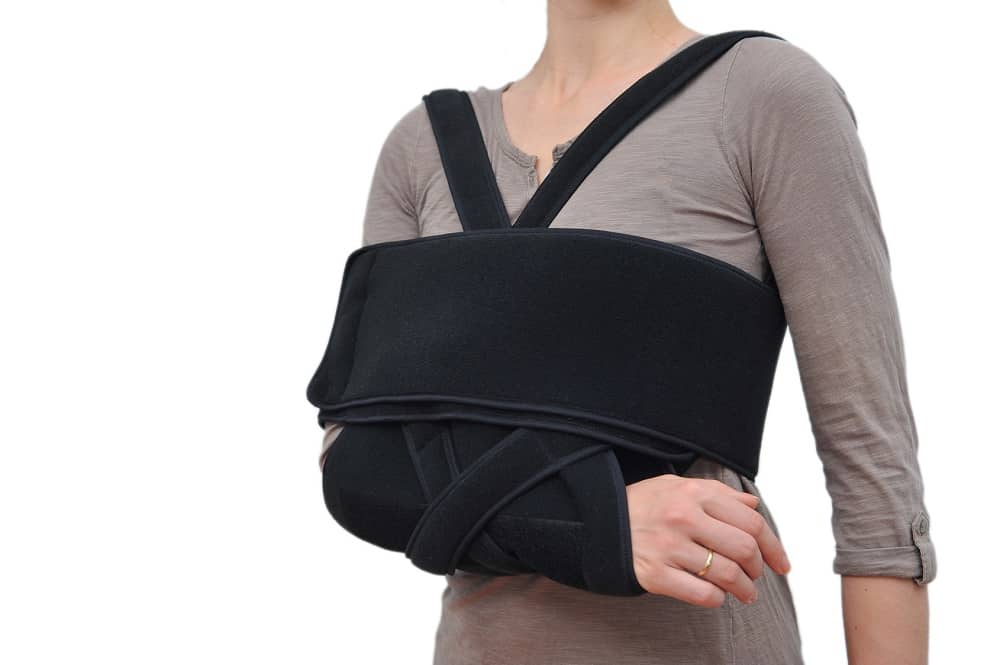A rotator cuff repair surgery is a large undertaking by many patients. They often wait until the pain is overwhelming or they have had a traumatic event that has lead them to surgery. So when they take that step to surgery they want to make sure they have the best result possible. As we all know some people are better than others at following post-op directions and as physical therapist we want to always give patients optimal guidance to heal.
The rotator cuff depresses the humeral head or in other words, four muscles work together to keep the ball of the humerus in the socket while you raise your arm. When rehabbing a patient after having a rotator muscle repaired, one always tries to minimize the activation of the surgical site to promote healing and decrease stress. Although there has been studies about when the muscles are active and the best position for muscles (which is why we do certain exercises) we don't always know how the rotator cuff may be affected in daily activities post surgery. Patients will often inquire of whether they are stressing the surgical site when dressing or doing their home exercise program and that answer historically has been unclear although we always caution patients to be smart with movements.
This month in the Journal of Orthopedic and Sports Physical Therapy, an article was published that looked at the muscle activity of the rotator cuff post surgical doing rehab and daily living activities. For a PT, this is very interesting because it gives us more insight into how the rotator cuff is performing post surgically and if we need to caution patients or modify with activities. The significant message to note was they found the rotator cuff was more active when patients donn and doff their braces. This was measured by using iEMG (indwelling electromyography) and additionally shown that higher values were seen with when using pulleys in the scapular plane versus the sagittal plane. Motions that show little activity where passive range of motion by the physical therapist, pendulums and performing self range of motion with a dowel.
So why is this important? Patients post surgically will take their braces off quite often whether they are supposed to or not and if they are struggling with increasing pain in the surgical site this could be a reason. Now we know that the rotator cuff is highly active during this motion, it is good to caution patients to be aware while they are removing their braces. Additionally making sure the patient is in the correct plane when doing the pulleys is also important to monitor. Since the sagittal plane has less force on the cuff compared to the plane of the scapular, if the patient is struggling or having issues with pain it may be beneficial to work in the sagittal plane first. Thereby avoiding straining the cuff.
These small adjustments can have a large impact on rotator cuff shoulder rehabilitation. Minimizing cuff muscle recruitment can promote healing and avoid additional strain that could cause discomfort so it is important to take this into consideration.
Reference
Burke Gurney, Christine Mermier, Michael LaPlante, Aditi Majumdar, Kathleen O'Neill, Todd Shewman, and James G. Gurney, Shoulder Electromyography Measurements During Activities of Daily Living and Routine Rehabilitation Exercises,J Orthop Sports Phys Ther, Epub 6 Apr 2016.





